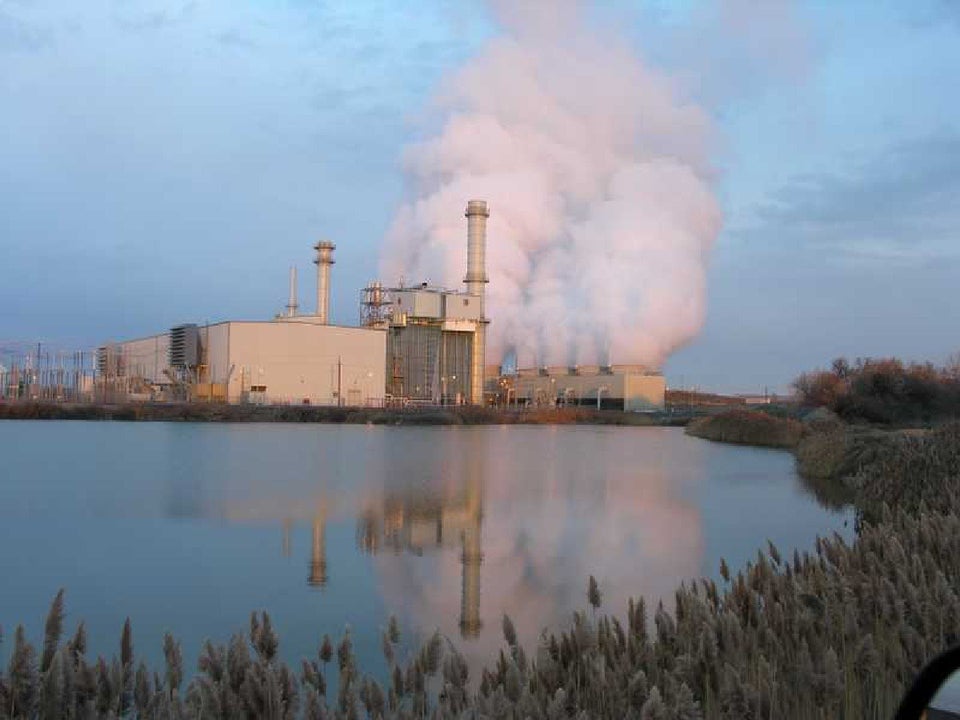WASHINGTON -- A battle over the "social cost of carbon" is heating up between the White House and Congress faster than an atmosphere trapped beneath an overabundant layer of greenhouse gases.
In 2010 the White House convened a group of officials from across government to use computer models -- the most famous of which was designed by Yale economist William Nordhaus -- to estimate the future economic impact of climate change, a metric known as the social cost of carbon. The metric predicts the costs of damage being caused by carbon emissions, including "health, property damage, agricultural impacts, the value of ecosystem services, and other welfare costs of climate change," according to this year's Economic Report of the President.
This year, the metric was revised upward. And the higher the value for the social cost of carbon, the more benefits accrue to any rules the Environmental Protection Agency might implement to reduce carbon dioxide emissions. And higher benefits for any such rules would "make it easier for stricter standards to pass a cost-benefit analysis test," according to The Washington Post's Wonk Blog.
Critics in the House and elsewhere have said the modeling has been a closed-door process, with insufficient input from the American public, and are trying to prevent the agency from enacting any regulations that account for the social cost of carbon.
An amendment introduced by Rep. Tim Murphy (R-Pa.) would bar the EPA from factoring the social cost of carbon into regulations unless a federal law is enacted specifically to authorize such consideration, according to The Hill. Another amendment, introduced by Rep. John Culberson (R-Texas) as part of the "Energy Consumers Relief Act," would require the agency to promulgate a separate regulation to enable use of the metric.
Rep. Duncan Hunter (R-Calif.), who's worked with Culberson on his amendment, is also authoring a stand-alone bill with Rep. Nick Rahall (D-W.Va.) that would scrutinize the process by which the social cost of carbon has been calculated, the role of public and congressional input, and how the social cost of carbon could affect future executive branch actions.
"This is just one way to put the social cost of carbon in public view, as it should have been before it was increased in a non-associated microwave oven rule," Joe Kasper, Hunter's deputy chief of staff, told HuffPost in a statement. "Having an estimate is one thing, but how that calculation is actually used is another. There needs to be clarity on all fronts."
The White House has defended its process, saying the newest estimate will be available for review when it's implemented as part of a cost-benefit analysis for new regulations. "There will be an opportunity for people to weigh in," said Howard Shelanski, head of the Office of Information and Regulatory Affairs, at a recent hearing on the issue. "This number comes from models that are available."
The difficulty for Shelanski lies in explaining complex and esoteric economic principles and how they interact with climate science. The economics alone can be difficult to wrap your mind around (ever heard of discount rates?).
Grist's David Roberts, writing back in September, lays out these ideas alongside unrelated but comforting photos of otters (to ease the pain of having to think about this). He also explains why the federal government has repeatedly underestimated the social cost of carbon:
How much is it worth to us today to avoid climate disruption later this century? To understand how that question has typically been answered, you need to understand what economists call "discount rates," key parameters in the economic models used to assess climate policy costs. Such models inform policymaking and shape conventional wisdom, but their use of discount rates has led them to lowball the threat and recommend insufficient action to meet it.
Roberts goes on to say that understanding discount rates will help people understand the climate-policy landscape -- not just the technical details but the larger debates over values.
"We could have a legitimate debate about what the true cost is," Michael Mann, a prominent climate scientist at Penn State University, told HuffPost. "There's a range of valid opinions about that. But what we can't have a good faith debate about is whether there's any cost."
